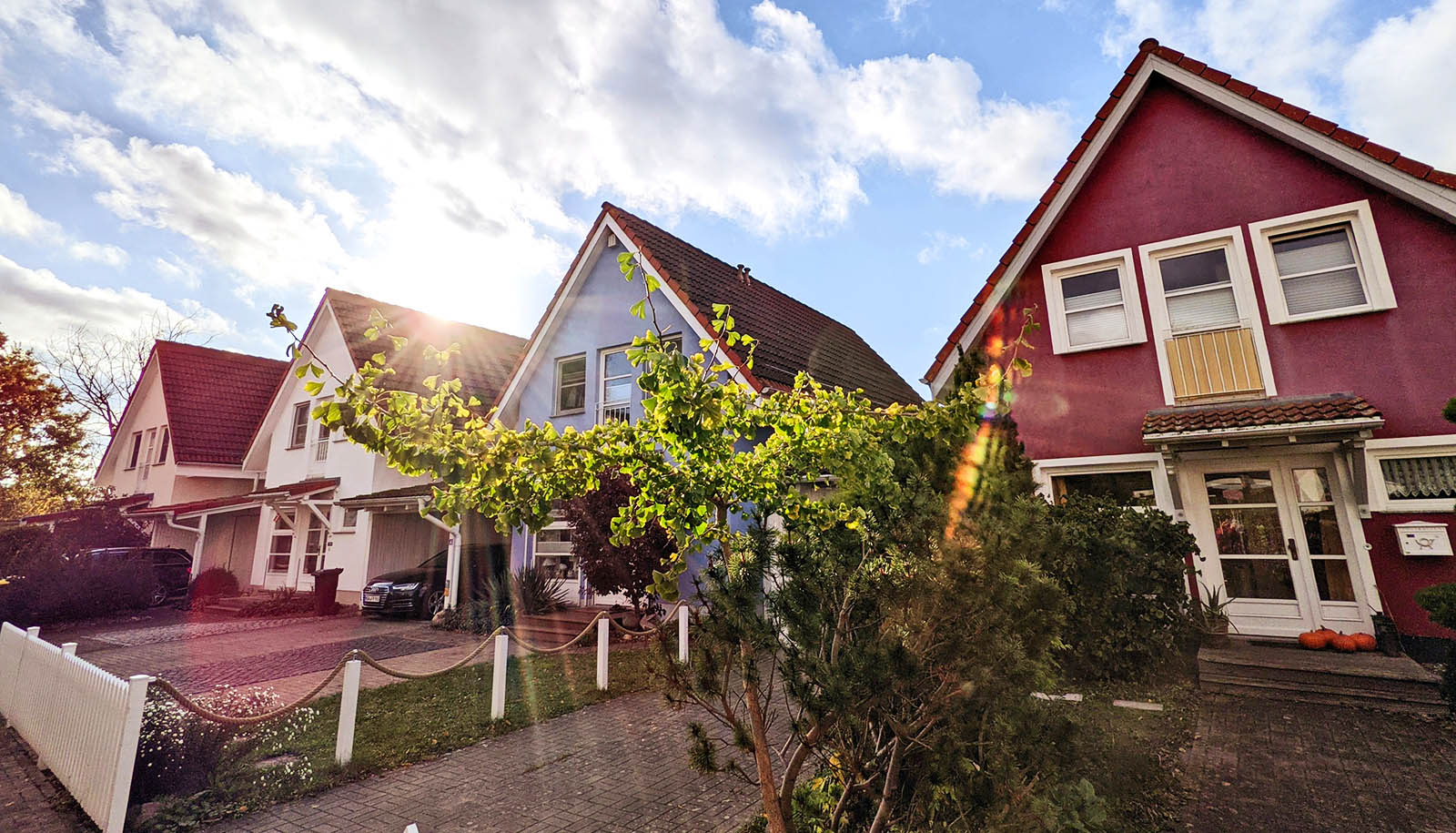Our research has shown those factors certainly contribute—there’s no doubt, for instance, that regulation prevents a ton of new construction. But even if we fix that, we still have what we call a “market structure” problem or, essentially, a rising market concentration in homebuilding.
Let me explain.
Ever since the Great Recession, smaller builders have had a hard time surviving in the market. Many were kicked out—they went bankrupt. Large, powerful developers were more likely to weather the storm and survive. Consequently, they gained power and started to dominate building in many regions, in some cases building 60%, 70%, or even 80% of new housing construction. One of my papers, “Fewer Players, Fewer Homes,” offers examples, some from the analyses of outside research groups and others from our own. But to give you a sense, consider, for instance, that 100 of the largest homebuilders in the US now account for about half of all new single-family home sales, up from just over a third decades ago. Most of these gains come from increases in the shares of only two homebuilders—D.R. Horton and Lennar—which, together, build almost as much as the other eight firms in the top 10 combined.
Another interesting statistic: Despite the strong recovery in home prices after the Great Recession, the number of builders has declined 65% since 2007, right around the time the financial crisis started.
Author Profile
- "Center" Bias Rating
- Futurity is a nonprofit website that aggregates news articles about scientific research conducted at prominent universities in the United States, the United Kingdom, Canada, Europe, Asia, and Australia. It is hosted and edited by the University of Rochester.
Latest entries
 ScienceSeptember 21, 2024How did pirates really talk?
ScienceSeptember 21, 2024How did pirates really talk? ScienceSeptember 20, 2024What do young voters think about the 2024 election?
ScienceSeptember 20, 2024What do young voters think about the 2024 election? ScienceSeptember 19, 2024Deadly snail venom could make diabetes medicines better
ScienceSeptember 19, 2024Deadly snail venom could make diabetes medicines better ScienceSeptember 18, 2024Breast milk antibodies protect against rotavirus
ScienceSeptember 18, 2024Breast milk antibodies protect against rotavirus

